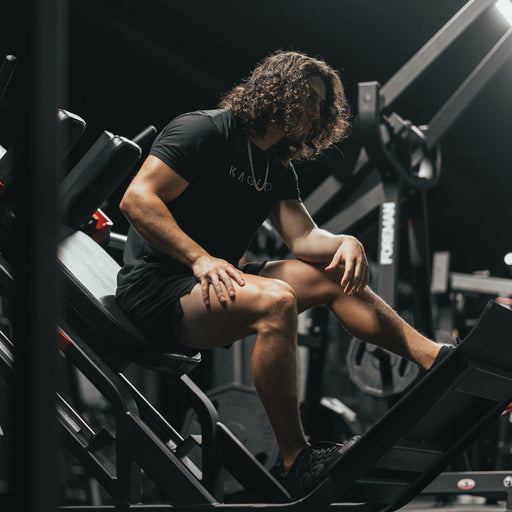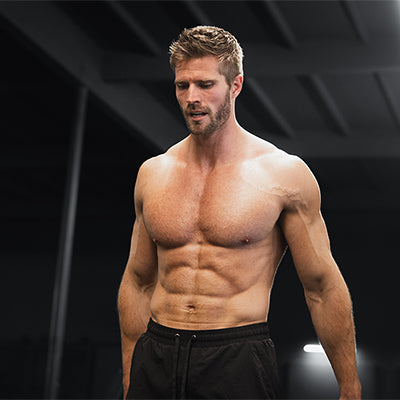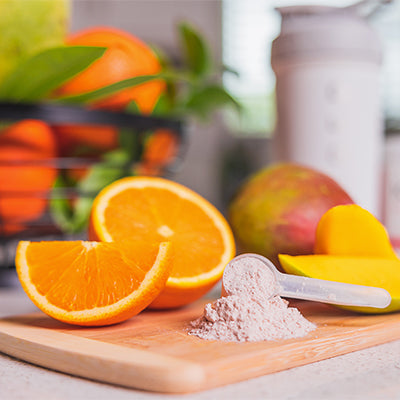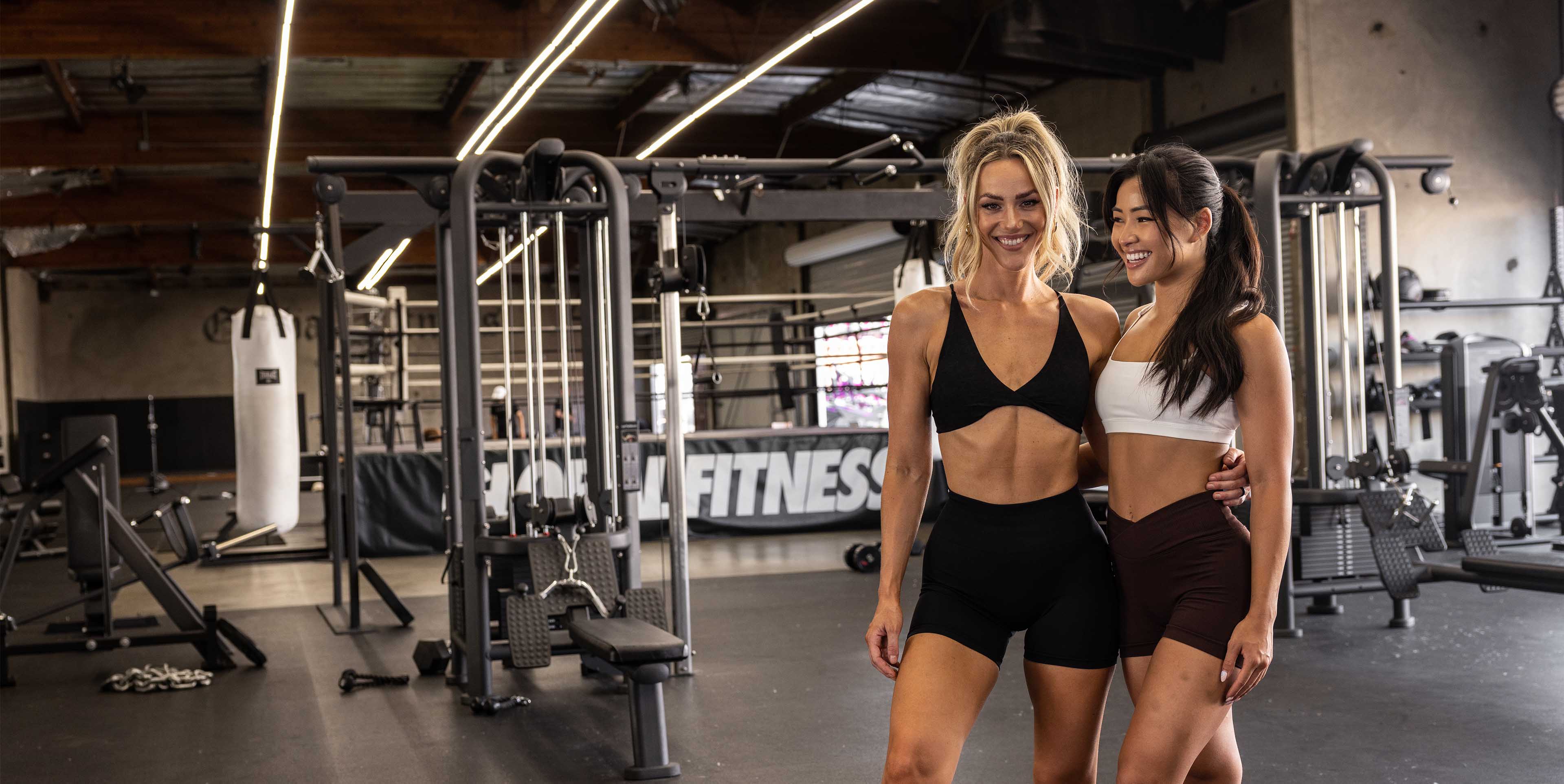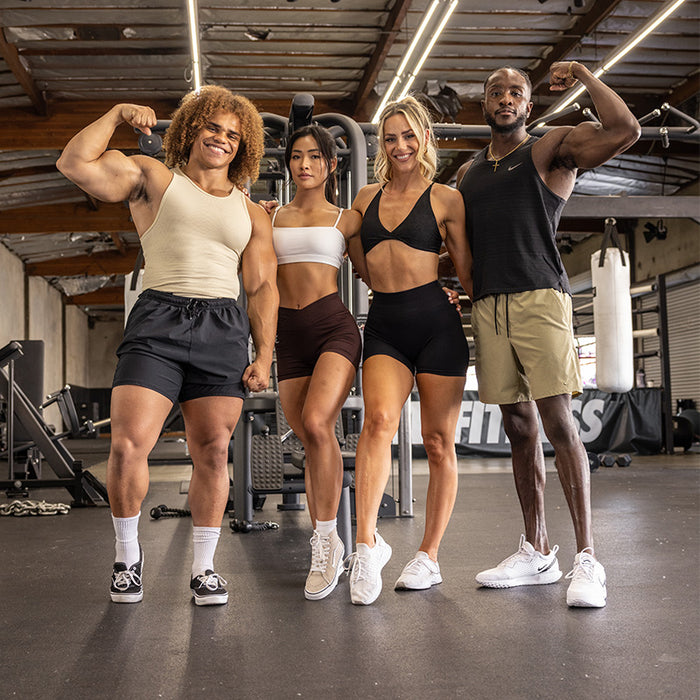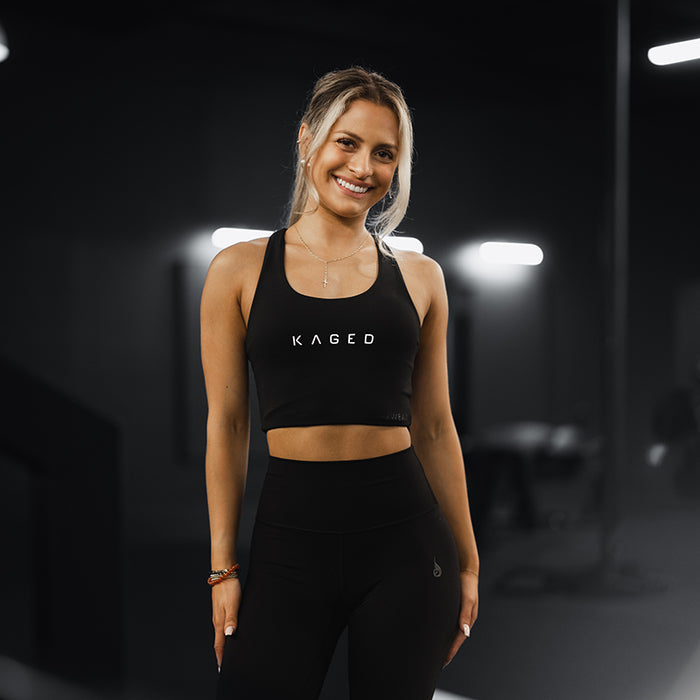Just as we did in Phase One, we’re going to start with a compound movement that hits all three heads of the delts. We’ll begin each shoulder workout in Phase Two with standing military presses using a barbell. This is one of my favorite exercises for building shoulders because it works all the heads, but it also forces your body to stabilize from the ground up. This will help work your core and prepare you to present your body on stage, if that’s your goal.
After this compound movement, all of the muscles of your shoulders should feel activated. Then we’ll switch to isolation moves that target each of the heads of your delts. I’ve switched up the moves from Phase One, so take note of that in my workout chart. You should choose the exercises that work best for you, so feel free to make some substitutions if you want.
It’s important that you consider how you’re working each head of your delts during your shoulder workouts. You can rearrange the isolation moves in my workout to hit the specific heads of your delts that need the most work. Getting to your weakness earlier in a session often works best, especially if you feel depleted as you near the end of Operation Aesthetic.
OPERATION AESTHETIC NOTES
*The standing military press is a compound move that involves your abs—it’s the more challenging route, and I like to take that. Don’t cheat on this move because you not only risk injury but you reduce the work in your delts. That means that you shouldn’t bend at the knees to get momentum as you’re pressing the weights. Keep your body solid throughout the full set with all effort coming from your shoulders.
*The isolation moves for Phase Two include one-arm cable lateral raises for middle delts and cable front raises for front delts.
*The Smith machine overhead press is the last move for delts in Phase Two. You should use the weight that feels right for every set. The goal is volume and detail over how much weight you’re pressing at this point.
*As I mentioned in Phase One, I prefer to train my traps with my shoulders. It’s just a natural fit for me. For this phase, I’m including dumbbell shrugs to shake things up.
|
Early morning cardio
|
1
|
25 minutes
|
Perform this session upon waking before consuming food.
|
|
EXERCISE
|
COMMENT
|
|
Standing military press
You don’t need to go to full extension, but bring your elbows as low as you comfortably can. This creates constant tension in your shoulder muscles through a full range of motion..
|
6 SETS / 12, 10, 7, 3, 15, 15 REPS
|
|

|

|
|
One-arm cable lateral raise
This move provides constant tension to the middle head of your delts.
|
5 SETS / 12, 10, 7, 3, 15 REPS
|
|

|

|
|
Cable front raise
SUPERSET: You’ll perform cable front rows followed immediately by cable upright rows. Rest only about 60–90 seconds between supersets.
|
5 SETS / 12, 10, 7, 3, 15 REPS
|
|

|

|
|
Cable upright row
|
5 SETS / 12, 10, 7, 3, 15 REPS
|
|

|

|
|
Smith machine overhead press
This stabilized compound move will feel considerably different from standing military presses earlier in the workout.
|
5 SETS / 12, 10, 7, 3, 15 REPS
|
|

|

|
|
Dumbbell shrug
Hold the dumbbells with a neutral grip at your sides and raise the weights to a full squeeze at the top. Control the weight as you lower.
|
4 SETS / 12, 10, 8, 15 REPS |
 |
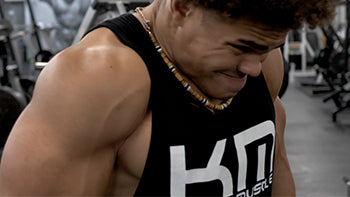 |
|
Post-Workout cardio
|
1
|
25 minutes
|
You can get in RE-KAGED as you’re performing your post-workout cardio.
|
TIP: Remember that there’s more to recovery than nutrition, supplementation, and a good night’s sleep. You can also support recovery through techniques such as getting a massage, soaking in a hot tub, or steaming in a sauna. All of these should also feel very relaxing as you perform them. Also remember that if you can’t afford regular massages, you can include self-massage techniques such as foam rollers, tennis or lacrosse balls, hook massagers that you use to dig into your traps and shoulder muscles, or vibrating massagers, which are growing in popularity.













